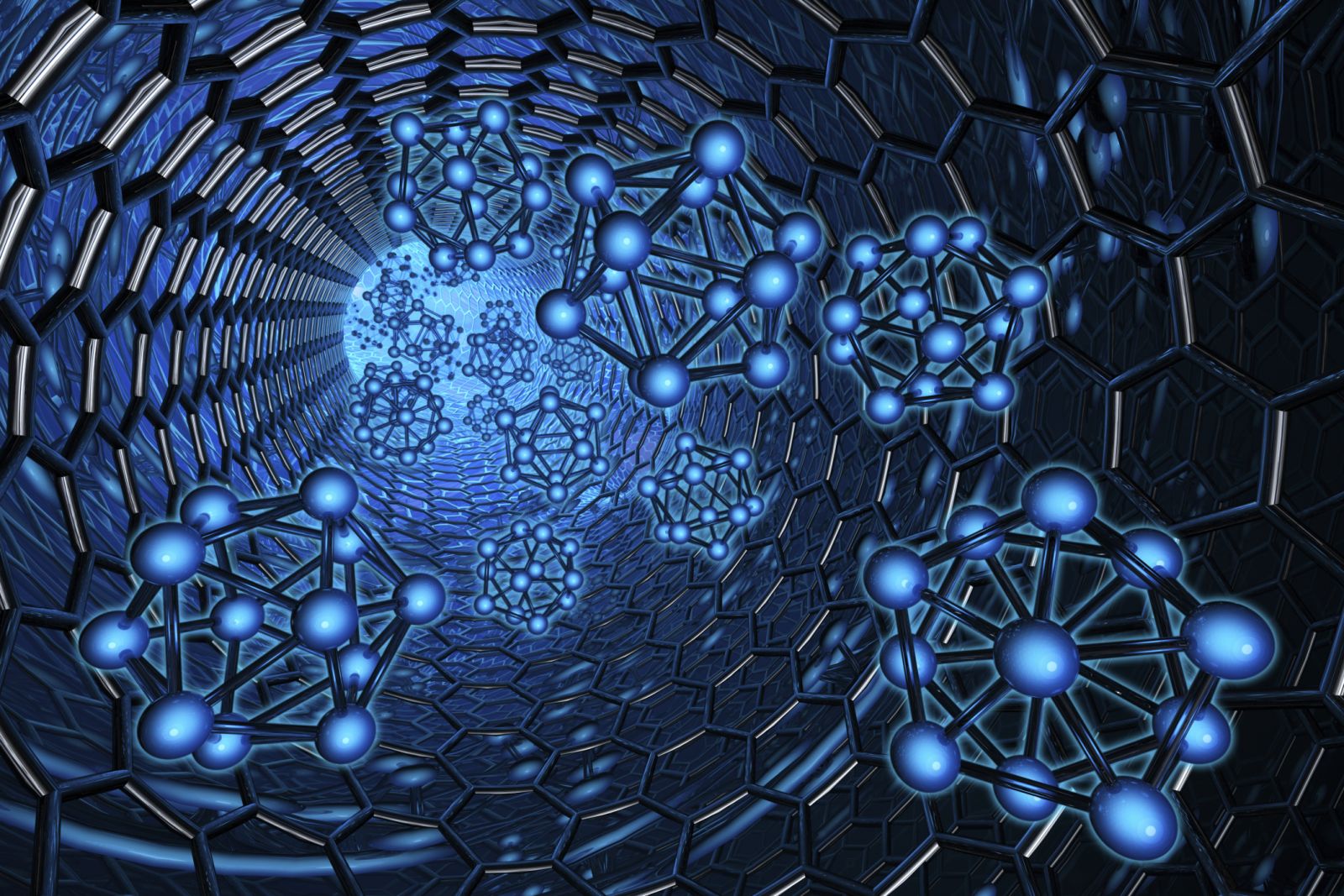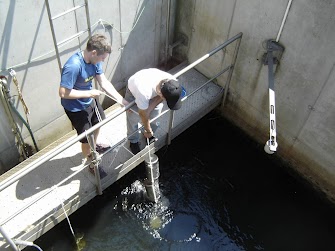 |
Prioritisation of emerging substances
The list of chemical compounds that are frequently discussed in the literature as "emerging substances" is ever growing. NORMAN's two-stage procedure for prioritising emerging substances is specially designed to allow for prioritisation of emerging substances in the aquatic environment, taking into account the associated knowledge gaps and actions needed.
Read more
|
.jpg) |
Bioassays and biomarkers in water quality monitoring
Toxic stress in European river basins, resulting in the disappearance of sensitive species, can only partly be assessed via monitoring of chemical and ecological parameters in water bodies. They key advantage with monitoring biological effects is that the overall response from co-exposure to multiple, bioavailable chemicals can be taken into account, on different levels or biological organisation such as community, population, individual and/or sub-organism levels. In this way, a more holistic approach is possible.
Read more
|
 |
Effect-directed analysis
One of the major challenges in the assessment of complex environmental mixtures is the identification of those chemicals that contribute significantly to observed effects. Effect-directed analysis (EDA) addresses this challenge end helps to identify novel and unexpected compounds that may exhibit adverse effects on biota and human health. The core concept of EDA is to reduce the complexity of natural samples to less complex mixtures or individual compounds that can be isolated or identified.
Read more
|
 |
Nanomaterials
Nanotechnology is recognised as one of the most important new technologies of the 21st century. It promises new materials for industrial applications by having new or enhanced psychico-chemical properties that are different from those of their micron-sized counterparts. However, as in all industrial applications, the potential exposure of humans and the environment to these materials is inevitable. The use of engineered nanomaterials (ENMs) in products, their release, transport pathways and environmental behaviour are highly uncertain.
Read more
|
 |
Passive sampling and monitoring of emerging contaminants
It is now recognised that passive samplers can play a valuable role in monitoring water quality within a legislative framework such as the European Union's Water Framework Directive. The time-integrated data from these devices can be used to complement chemical monitoring of priority and emerging contaminants by conventional spot sampling methods, thereby improving risk assessment of chemical pollution.
Read more
|
 |
Wastewater reuse and emerging contaminants
Wastewater reuse is considered globally as the most critical element of sustainable water management. Water scarcity, foreseen to aggravate, pushes for maximum utilisation of non-conventional water. Although reuse is accompanied by a number of benefits, several potential drawbacks still puzzle scientists. The applied treatments fail to completely remove micropollutants, antibiotic resistant bacteria and/or their genes (ARB&Gs). Knowledge on the actual effects of reuse with regard to these aspects is not consolidated.
Read more
|